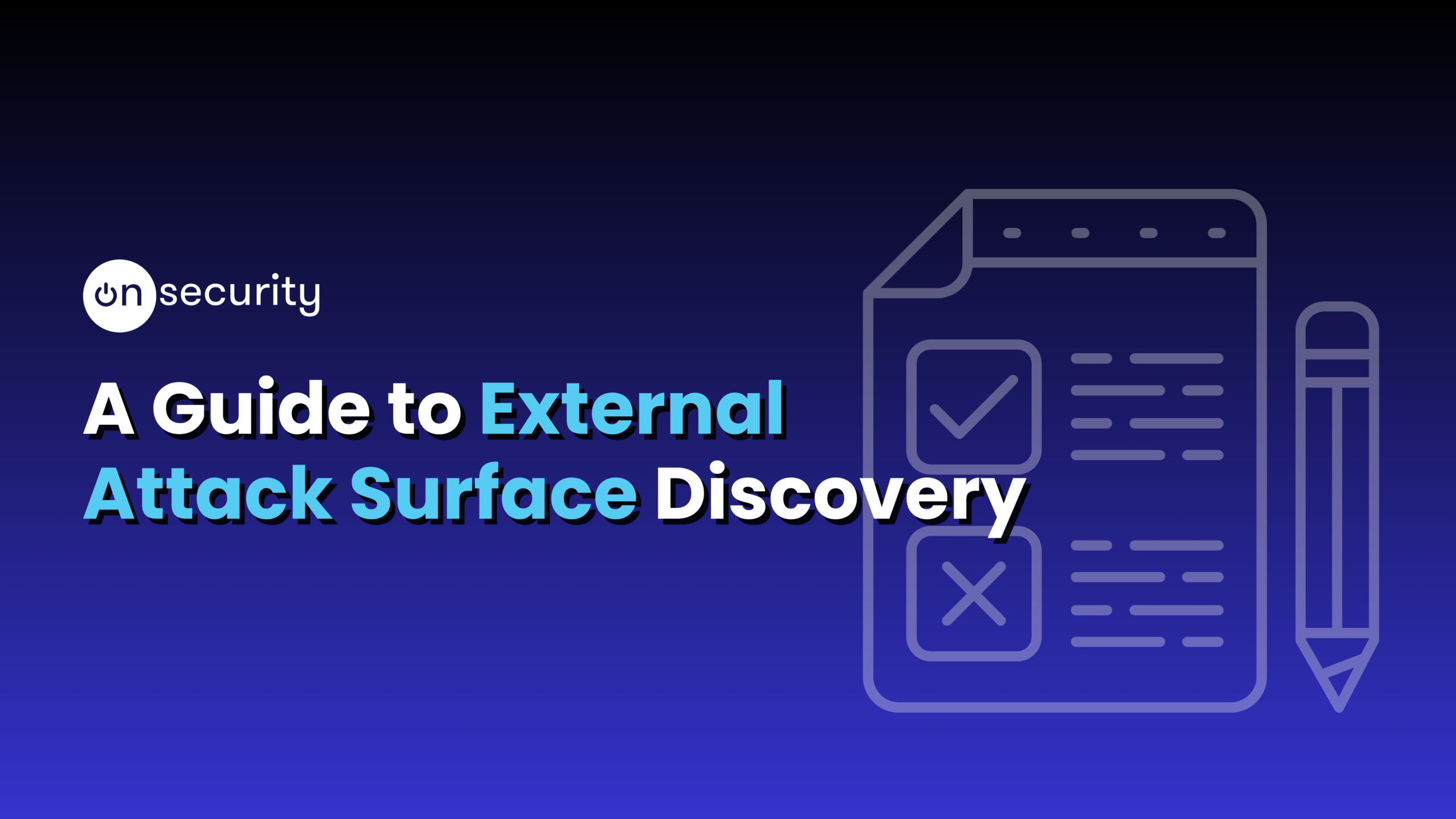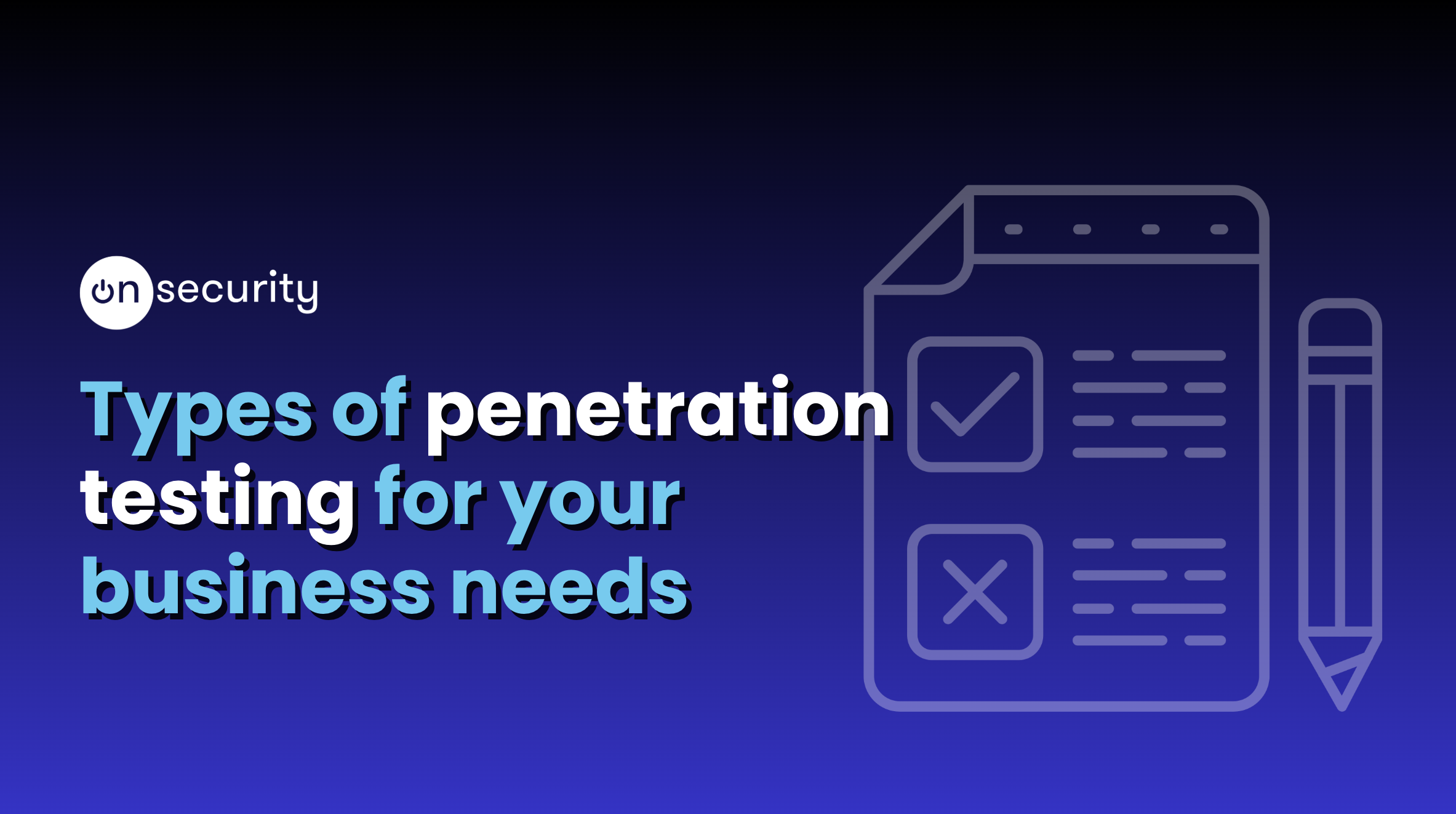Where businesses heavily rely on software and technology infrastructure, it is important to prioritise the security of the codebase. Code reviewing has several purposes: Improving the code, finding bugs, anticipating possible bugs, and checking the clarity of the code.
One weakness in the code can cause serious problems like data breaches, money loss, and harm to reputation.
Why does code auditing matter?
Code audits are a proactive measure to identify and rectify security vulnerabilities, coding errors, and inefficiencies within a software application or system. By evaluating the codebase, auditors can uncover potential weaknesses that may go unnoticed.
In the realm of cyber security, prevention is always better than a cure. Code audits enable businesses to detect and mitigate vulnerabilities early in the development lifecycle, reducing the likelihood of costly security breaches down the line. They ensure businesses follow rules, safeguard data, and maintain trust with customers and stakeholders by adhering to industry regulations and standards.
Why not use a penetration test for this?
Code audits play a pivotal role in bolstering the security posture of businesses, safeguarding against potential threats and vulnerabilities lurking within their software applications. You might be wondering why not use a penetration test for this. Well, code reviewing provides a more complete view of the application for the identification of more intricate vulnerabilities as well as more efficient detection of certain bug classes. Penetration testing focuses on identifying vulnerabilities and reporting them.
Sometimes, businesses might prefer using a pentest to test the code quality. It’s a more affordable option and simulates an attack, therefore, you’re able to really understand the weakest point and remediate quickly. However, penetration testing can never accomplish the results of a code review and vice versa.
Explore OnSecurity’s penetration testing services today
What do code auditors look for?
OnSecurity recommends businesses adopt a third-party auditor because they provide a detailed and unbiased evaluation with a broad perspective and knowledge of best code management practices.
Ultimately, the main priority is to detect any vulnerabilities or security concerns; therefore, businesses should be most concerned with enabling the third party to conduct a comprehensive audit. The auditors must check the security vulnerabilities analysis, code quality, performance and scalability and any maintenance issues detected.
The auditors will review:
1. Secure Coding Practices
Auditors will sift through source code to identify vulnerabilities introduced by failure to adhere to secure coding standards. Where relevant, auditors will typically be looking for adherence to secure coding practices in the following areas:
- Vulnerabilities such as those found in the OWASP Top 10
- Insecure storage/handling of secrets/sensitive information
- Insecure encryption implementations
- Logic bugs in business workflows
- General software architecture security
2. Compliance Requirements
Ensure that the code complies with relevant industry standards and regulations, such as GDPR, HIPAA, or PCI DSS, depending on the nature of the application and the data it handles.
3. Third-party Dependencies
Evaluate the security posture of third-party dependencies and libraries, as vulnerabilities in these components can pose significant risks to the overall application security.
4. Secure Configuration
Verify that server configurations, frameworks, and libraries are appropriately configured to minimise security risks and prevent common misconfigurations.
Essential code analysis tools for code audits
There are multiple tools available to streamline the code audit process. Some businesses may use these to kick-start the auditing process internally. Although this could be considered a more budget-friendly solution, it is important to recognise the expertise, skill and knowledge required to complete an effective code audit. OnSecurity recommends using a third-party auditor where possible.
Here are some tools commonly used:
1. Static Analysis Tools
Tools like Semgrep, Veracode, and SonarQube analyse source code without executing it, identifying security vulnerabilities, coding errors, and adherence to coding standards.
2. Code Review Platforms
Platforms like GitHub and GitLab offer built-in code review features that facilitate collaborative examination of code changes, ensuring quality and security standards are met before merging into production. It is generally possible to integrate the above static analysis tools within these platforms to automate their execution during CI/CD pipelines.
Additional tools that an auditor may leverage to help them identify vulnerabilities in a codebase:
1. Dynamic Analysis Tools
These tools, such as OWASP ZAP and Burp Suite, assess the runtime behaviour of applications, uncovering vulnerabilities like injection flaws, broken authentication, and session management issues.
2. Vulnerability Scanning Tools
Tools like Scan by OnSecurity will actively scan your internet-facing infrastructure and detect any known vulnerabilities.
Navigating the Code Audit Process
Following a structured approach and a third-party auditor, businesses can navigate through the process effectively:
1. Set goals
Clearly state the purpose of the code audit, such as improving security, meeting regulations, or enhancing code quality.
2. Engage Expertise
Involve experienced security professionals or third-party auditors with expertise in code analysis and security assessment to conduct thorough evaluations.
3. Remediate Findings
After the auditor has identified vulnerabilities and weaknesses, businesses should prioritise them based on severity and potential impact.
4. Incidence Response
Develop a remediation plan to address identified vulnerabilities, incorporating security patches, code fixes, and preventive measures to mitigate risks effectively.
5. Continuous Improvement
Treat code audits as an ongoing process rather than a one-time activity. Implement regular audits and assessments to keep pace with evolving threats and ensure the long-term security and resilience of your software systems.
Using the right tools, adhering to best practices, and adopting a proactive approach, businesses can mitigate risks, enhance compliance, and foster trust among customers and stakeholders in an increasingly digitised world.




